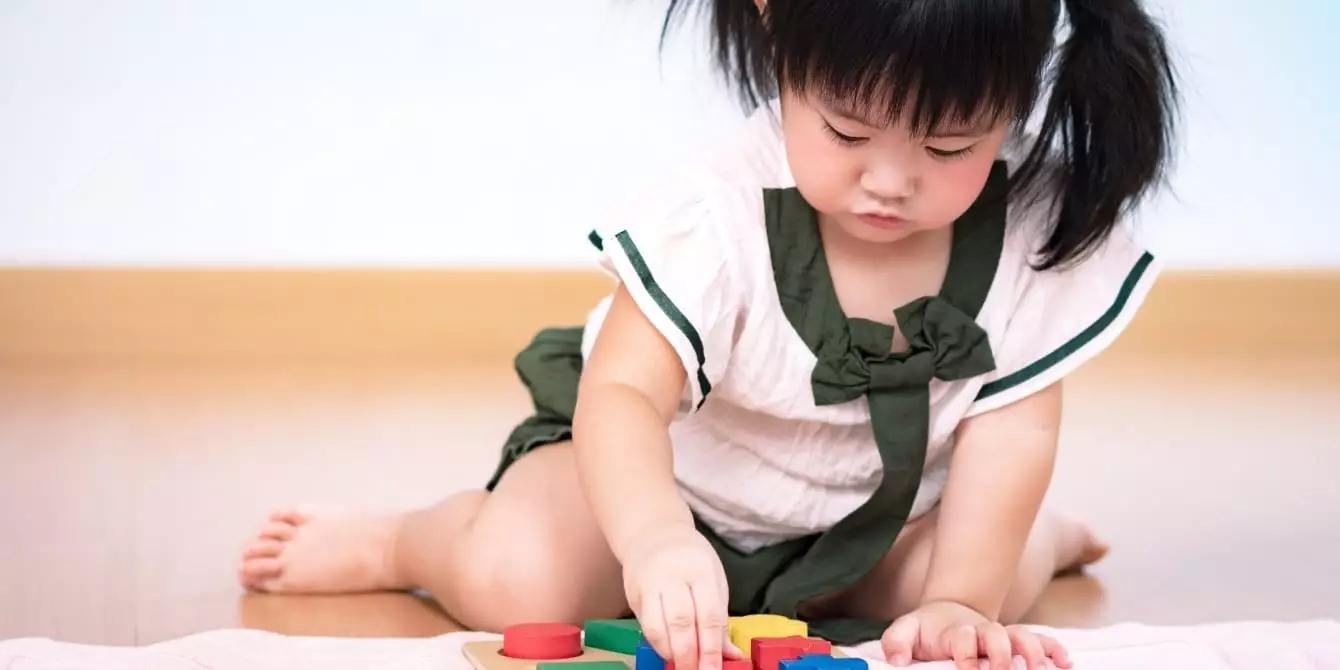As parents, witnessing the development of a young child is both awe-inspiring and occasionally daunting. The world of a two-year-old is filled with exploration, experimentation, and the thrilling assertion of newfound independence. From their preferences in food to their choice of clothing, these tiny humans are not afraid to voice their desires, often showcasing their growing personalities. This shifting balance between dependence and autonomy is a crucial stage, encouraging caregivers to facilitate their development through engaging and age-appropriate activities.
One of the most effective ways to support the development of a two-year-old is through sensory play, which involves the exploration of different textures, scents, and materials. A standout option is homemade playdough, which can be enhanced with captivating fragrances such as lavender or citrus. The inclusion of scents stimulates a child’s olfactory senses, creating a more enriching experience. As they knead and mold the dough, they not only strengthen their fine motor skills but also find a sense of calmness that sensory activities provide.
Additionally, sensory bins offer another dynamic approach for two-year-olds to discover various tactile elements. Consider creating a sensory bin filled with dried beans, rice, or kinetic sand, coupled with their favorite toys. This environment encourages open-ended exploration, as they will enjoy sifting through the materials to unearth hidden treasures. Incorporating natural items like pine cones or acorns invites a connection with nature, fostering curiosity and imaginative play.
Creative Ice Exploration
To augment sensory experiences, try freezing small toys in blocks of ice. Once frozen, equip your little one with tools like spoons or brushes to dig out the toys, resulting in a fun, interactive activity. This promotes fine motor development, as well as critical thinking, as they strategize how to remove the treasure from the icy block. Such activities not only help in hand-eye coordination but also introduce concepts related to temperature and states of matter in an enjoyable manner.
Two-year-olds are at a wonderful age for learning shapes and colors, and it’s easy to incorporate these lessons into play. An engaging activity could involve hiding cardboard cutouts of various shapes around the house. Encouraging your child to find and collect them trains their problem-solving skills and helps them recognize geometric shapes in their environment. Additionally, consider creating flashcards with letters and having your child match uppercase and lowercase forms. This effort promotes early literacy skills and reinforces memory.
Incorporating colored pom-poms into play can similarly enhance fine motor development. Provide toddler-friendly tongs or spoons and set out a challenge: transfer pom-poms from one bowl to another. This simple exercise is not only a fun game but also serves to improve concentration and hand dexterity. For added complexity, prompt them to sort the colors, thereby weaving in lessons about color recognition into playtime.
While enriching play at home is vital, outings can also create impactful learning experiences. A trip to a local cafe can introduce children to the adult world in a safe, relaxed setting. This quality one-on-one time allows for conversation and observation, adding social and emotional elements to their development. Playing barista at home can further mirror these experiences, allowing them a chance to role-play and understand everyday social interactions.
Artistic expression is crucial for children’s cognitive and motor skill development. An excellent activity is to dye rice using food coloring and let your child create colorful patterns or designs on paper. This tactile activity fosters creativity while enhancing fine motor skills, as they glue and arrange the rice.
Physical movement can be harnessed in a fun maze created with painter’s tape on the floor. Children can use their imagination to navigate the maze with toy vehicles, encouraging gross motor skill development, balance, and spatial awareness.
Finally, embrace the simple joy of bubble wrap! Laying out a sheet for your child to stomp and jump on provides a delightful blend of tactile and auditory stimulation. This simple activity promotes not just movement but also coordination while offering sensory feedback.
Creating a supportive environment for a two-year-old is essential for fostering their independence and development. From sensory exploration to learning through play, these activities not only engage children but also deepen the bond between parent and child. In this dynamic period of growth, every experience is an opportunity for learning and joy.

